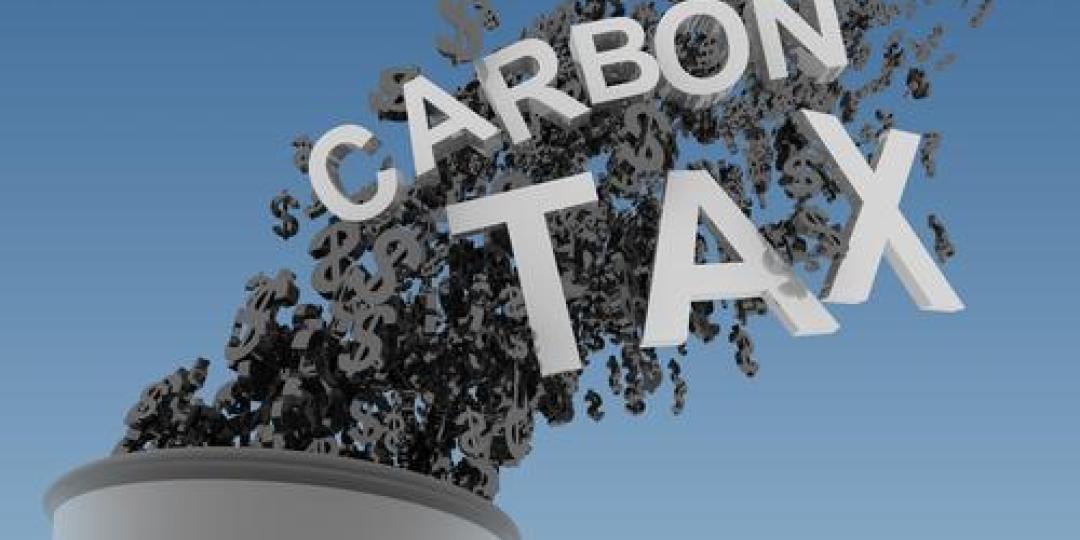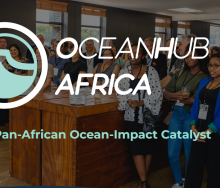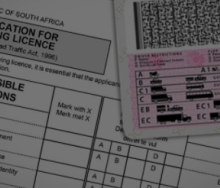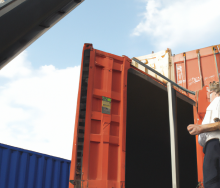South Africa’s carbon emissions are disproportionately high.
There are various causes, the primary one being the country’s reliance on coal in energy generation. To minimise emissions, South Africa has made several international and national commitments to reduce greenhouse gas (GHG) emissions.
The carbon tax, through the 2018 Carbon Tax Bill, will introduce the “polluter-pays principle”. This principle incorporates the costs of damage caused by greenhouse gases into the price of high carbon-emitting goods and services. It should change consumer behaviour and encourage investors to shift towards low carbon options.
The law, announced in the 2019 Budget Speech, comes into effect on 1 June. It will operate in two phases – the first from 1 June 2019 to 31 December 2022, the second phase from 2023 to 2030.
Companies, individuals and public entities will be liable to pay the carbon tax if conducting an activity that results in the emission of GHGs above the prescribed emission thresholds. The greenhouse gases covered include carbon dioxide, methane, nitrous oxide, perfluorocarbons, hydrofluorocarbons and sulphur hexafluoride.
The three general categories of emissions specified are fuel combustion, industrial processes, and fugitive emissions. The emissions thresholds for these categories are set out in Schedule 2 of the Bill, and are sector specific.
The tax is measured per ton of CO2 or CO2 equivalent. The headline tax rate is R120 per ton of CO2 equivalent. This rate is subject to inflation plus 2% until end of phase 1, and will then be increased in line with inflation. The headline rate is subject to a number of tax breaks in the form of allowances and performance incentives. These offsets provide a baseline tax break of 60%, and a maximum tax break of 95% during phase 1. The tax breaks create an effective carbon tax rate of between R6/t and R48/t for carbon dioxide-equivalent (CO2e) emissions during phase 1.
The National Treasury has advised that energy-intensive sectors will be “cushioned” through measures that have been introduced to ensure that the tax does not raise the price of electricity. This will supposedly be achieved through a tax credit for the renewable energy premium built into the electricity tariffs, as well as a credit for the existing electricity generation levy.
According to a statement from the Treasury, the South African Reserve Bank (SARB) will publish draft rules for consultation, which will regulate carbon offsets, trade exposure regulations, and benchmarking. The performance and operational structure of the tax will be reviewed after three years.
The impacts on industry will vary by sector. The average consumer will feel the impact of direct and indirect costs as the price of goods and services rises. The tax will cause a fuel increase of 9 c/l on petrol and 10c/l on diesel as of 1 June 2019.
South Africa is also a signatory to the 2015 Paris Agreement, enforced in November 2016, which requests signatories to outline and communicate their Nationally Determined Contributions (NDCs) or post-2020 climate actions. Parties to the Agreement are obliged to report regularly on their emissions and reduction efforts. South Africa’s NDC was submitted on 1 August 2015 and will be assessed during the global stocktake every five years after implementation, from 2020. South Africa’s NDC identifies a carbon tax as a measure to achieve the “absolute decline of GHGs from 2040”. Under its national commitment, GHG emissions are expected to peak between 2020 and 2025, plateau between 2025 and 2035, and then decline.
Businesses should assess the extent of their exposure to the tax and act accordingly. As an example, price increases on taxable activities such as transport could necessitate a supply chain review. Additionally, implementation of any mitigation measures to minimise the impact of the tax should be accomplished during phase 1, since the operational specifics of phase 2 are still uncertain.
Finally, and on a positive note, the intention to move away from carbon reliance, and the recent structural changes within Eskom, may create an opportunity for investors in the field of renewable energy and assorted green industries.
ENDS
Tina Costas and James Ross, Norton Rose Fulbright South Africa










